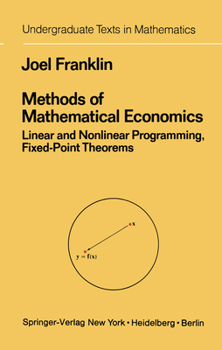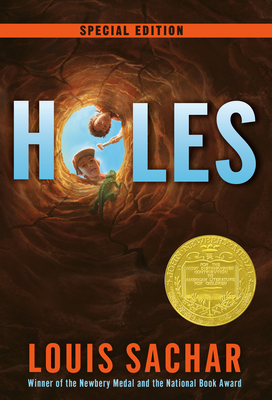Methods of Mathematical Economics: Linear and Nonlinear Programming, Fixed-Point Theorems
In 1924 the firm of Julius Springer published the first volume of Methods of Mathematical Physics by Richard Courant and David Hilbert. In the preface, Courant says this: Since the sevc~nteenth century, physical intuition has served as a vital source for mathematical problems and methods. Recent trends and fashions have, however, weakened the connection between mathematics and physics; mathematicians, turning away from the roots of mathematics in intuition, have concentrated on refinement and emphasized the postulational side of mathematics, anel at times have overlooked the unity of their science with physics and other fields. In many cases, physicists have ceased to appreciate the attitudes ofmathematicians. This rift is unquestionably a serious threat to science as a whole; the broad stream of scientific deve10pment may split into sm aller and smaUer rivulets and dry out. It seems therefore important to direct our efforts toward reuniting divergent trends by ciarifying the common features and interconnections of many distinct and diverse scientific facts. Only thus can the student attain some mastery of the material and the basis be prepared for further organic development of research. The present work is designed to serve this purpose for the field of mathe? matical physics . . . . Completeness is not attempted, but it is hoped that access to a rich and important field will be facilitated by the book. When I was a student, the book of Courant and Hilbert was my bible. This description may be from another edition of this product.
Format:Paperback
Language:English
ISBN:146139449X
ISBN13:9781461394495
Release Date:December 2011
Publisher:Springer
Length:300 Pages
Customer Reviews
customer rating | review
There are currently no reviews. Be the first to review this work.





















